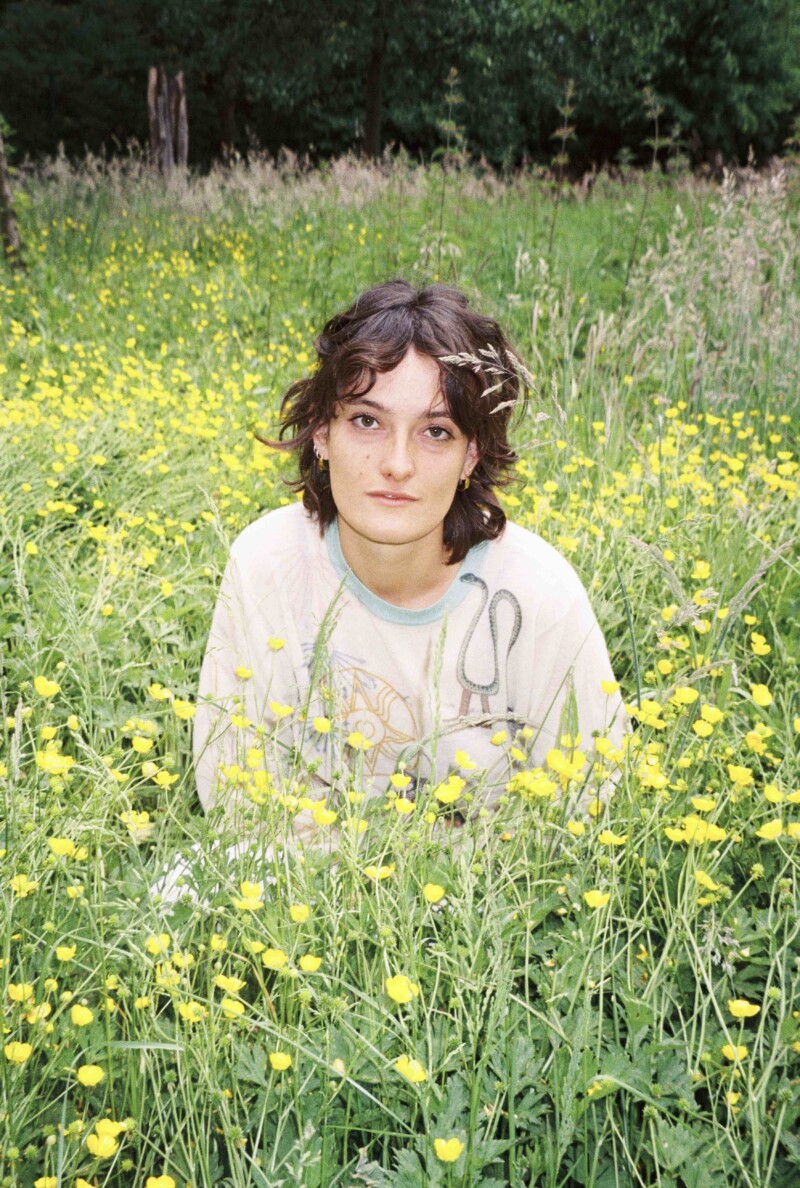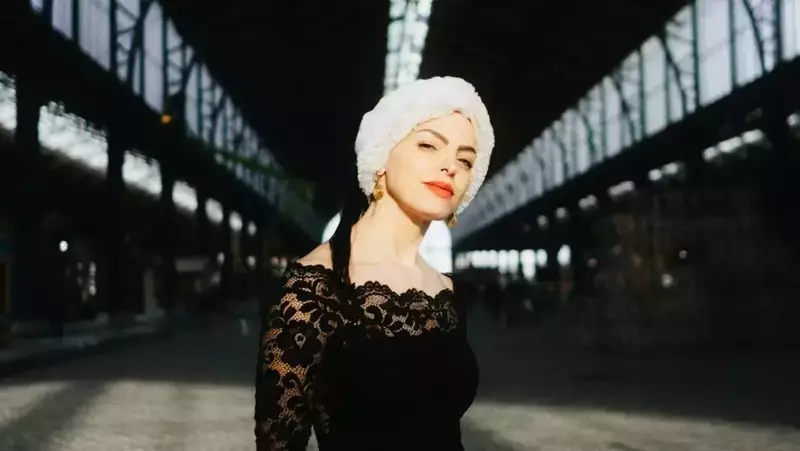Margo Vanneste
How miniature buildings give an overview
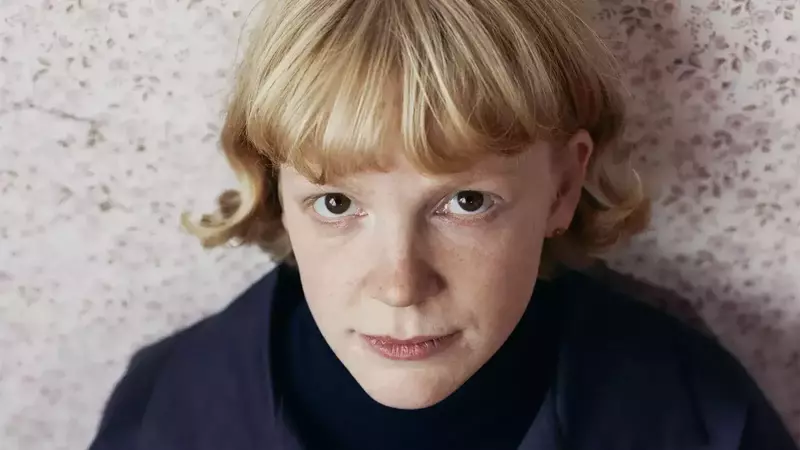
Margo Vanneste likes how artists nowadays don’t have to choose one discipline. They can be painters, sculptors, photographers and researchers all at once. That’s also why she decided to study autonomous design at KASK & Conservatorium, during which she explored the relationship between sculpture and architecture. In this grey zone, she feels most at ease.
Maya Toebat
Did art always play a big role in your life?
As a child, I used to play ‘inventor’. I loved to go to my dad’s workplace and teach myself to screw and drill into the wooden boards. My grandfather also played a big part in this: he gave me an obsession with bricks. He was a bricklayer and when we walked around in his neighborhood in Zeeland, he used to show me the houses and walls that he built. It really fascinated me. Also because art is pretty much the only thing that exists somehow for its own sake and not for anything or anyone else. We are only sure about the things we create but not about what they mean or where they come from.
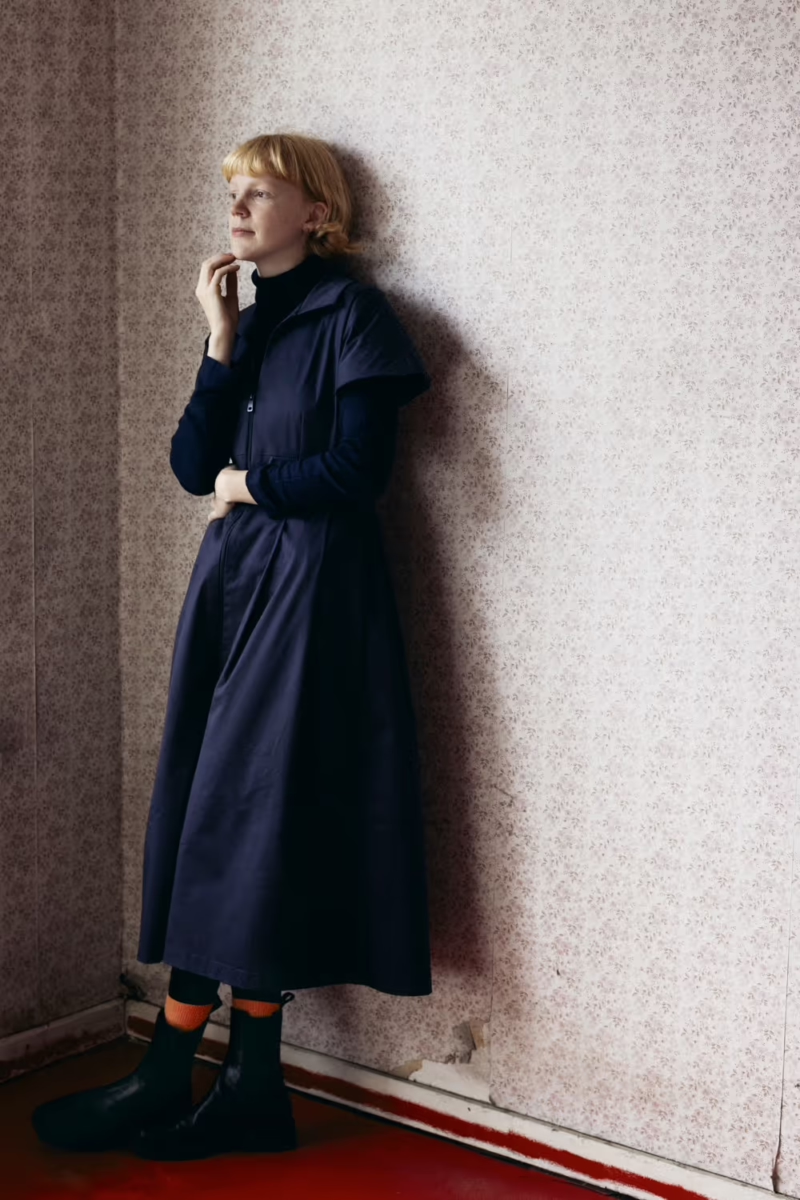

MT
In your own work, you also play with bricks in miniature buildings. Why did you choose such a small size?
In relation to normal buildings, you're always smaller. With the objects I build, I'm always bigger. This gives me an overview and the opportunity to take care of the sculptures with great tenderness. I also have the feeling that everything I make is a reflection of myself. Sculptor Mark Manders made a work called ‘Self-portrait as a Building’ and I can totally relate to that. I just love the intermediate size. Maybe it’s because I’m the middle sister: I always look for the middle ground between extremes.
MT
Your works are connected to both sculpture and architecture. What can these disciplines learn from each other?
During my master's degree in autonomous design, I started to explore the relationship between art and architecture. I created forms that are sculptural but also have a function. For example, I 3D-printed a small building with windows and by incorporating a red lamp, I activated the sculpture and gave it a function.
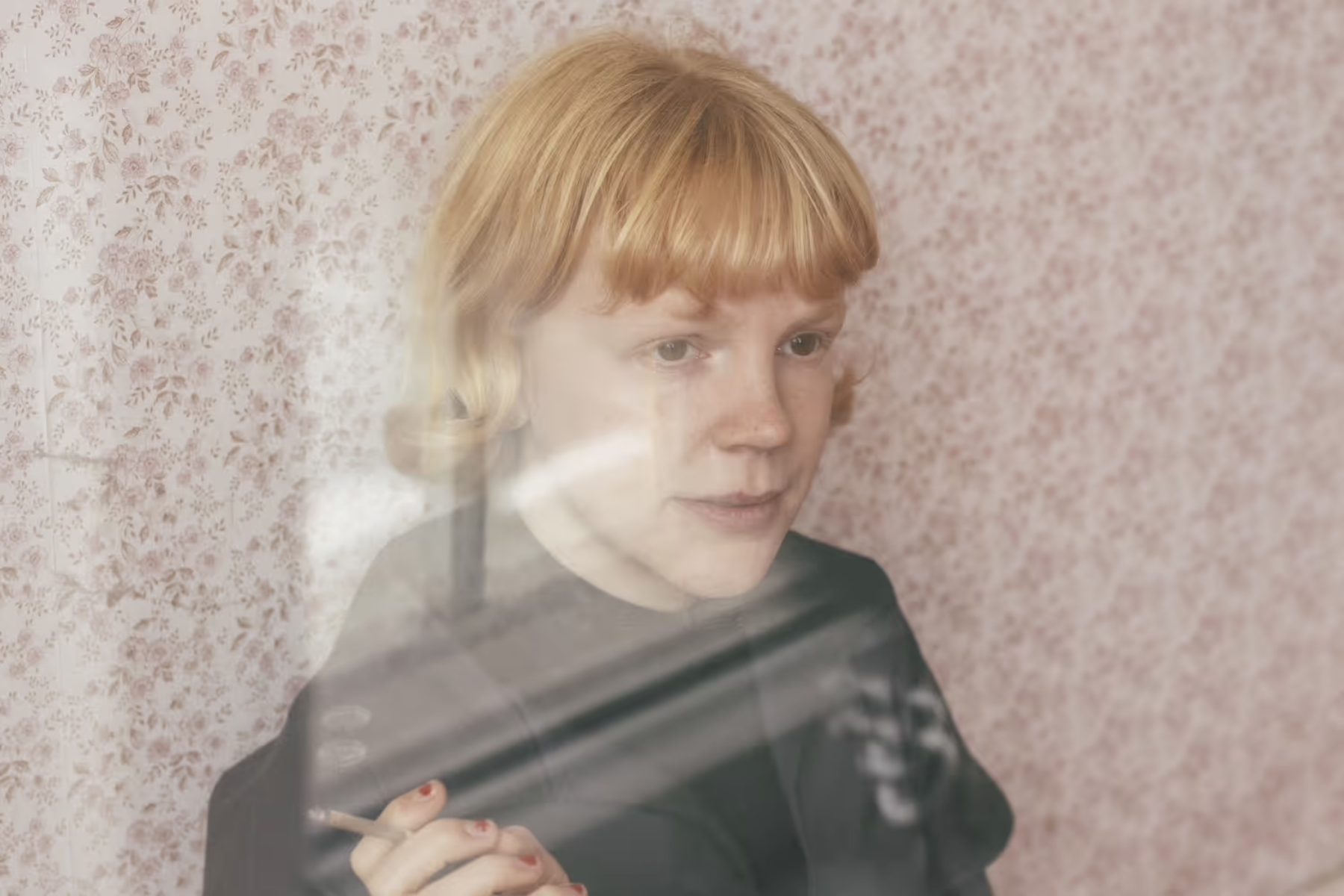
I believe that architecture and sculpture need each other. Sculptures can use the mathematics of buildings, and vice versa buildings often contain sculptural elements. Look at Le Corbusier, for example: the coloured windows of his buildings, the way they play with light and space. I also explore how humans relate to spatial forms and structures. Architecture is an experience. It’s about what you see, smell, and feel when entering a building. In that way, it’s also similar to the overwhelming feeling that art can give you.
MT
Do you often seek the boundaries between disciplines?
The grey zone is an important theme in my work. I find it fascinating how we interact with spaces and objects that do not fall into a clear category. Furthermore, the division between sculptors, painters... is evolving these days. You can be a painter and a sculptor and a photographer and an archivist and a researcher, all at once. I think that’s great.
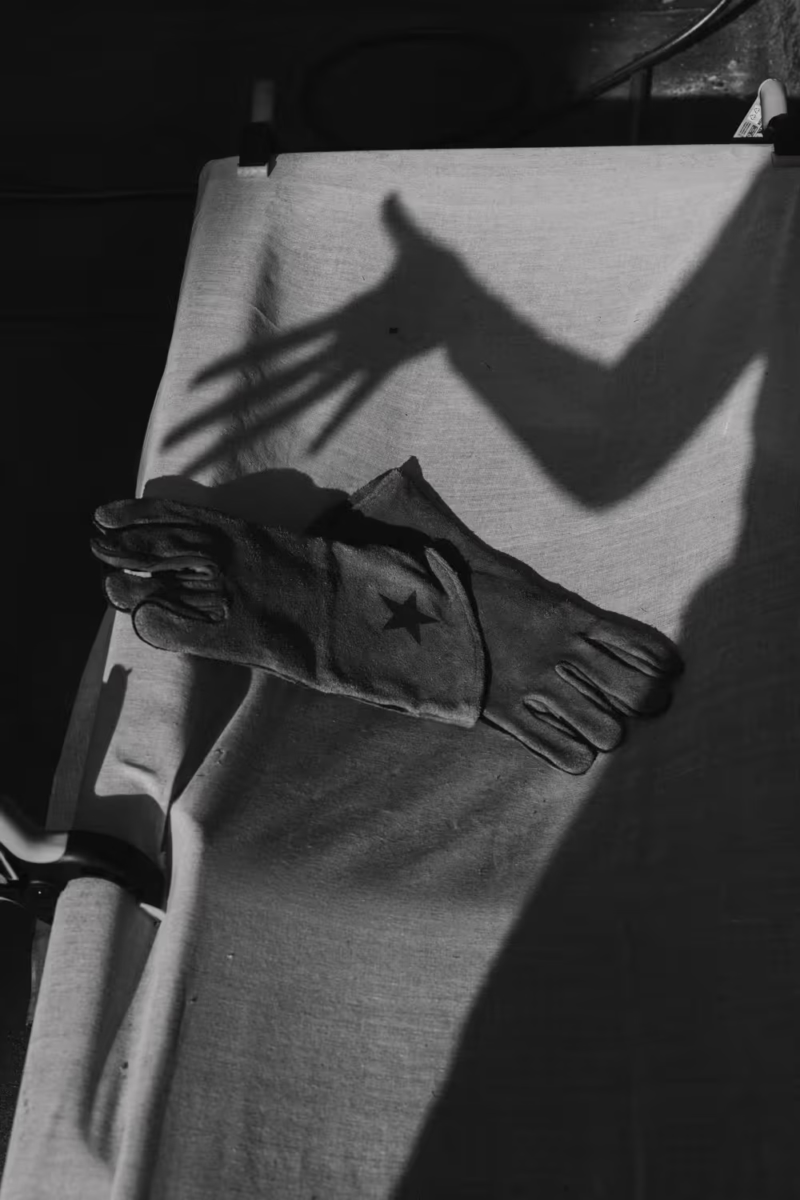

MT
Was there room for merging disciplines in your education?
The autonomous design programme doesn’t focus on one subject area, which gives you the freedom to experiment. Especially in the first year, we learned many different techniques, like welding, copper casting and carpentry… which was super fun. Later on, it became more design-oriented and we had to work towards specific assignments, which I found more difficult. But I kept trying to stay true to my vision. Above all, I learned how important it is for me to be able to work independently.
MT
After graduating, you co-founded WD40, a new artistic space in Ghent. Surrounding yourself with other creators is also important then?
I like to be alone, but when I have been thinking for too long, it’s good to have other people around. For example, I brainstorm a lot with my boyfriend, who studies sculpture. And my friend Luka Peeters found a ruinous house that we could convert into a residence. He asked some artist friends to help, including me, and it has become a super nice place, where everyone is welcome. I really missed having a studio, so it feels great to find that structure for creating again.

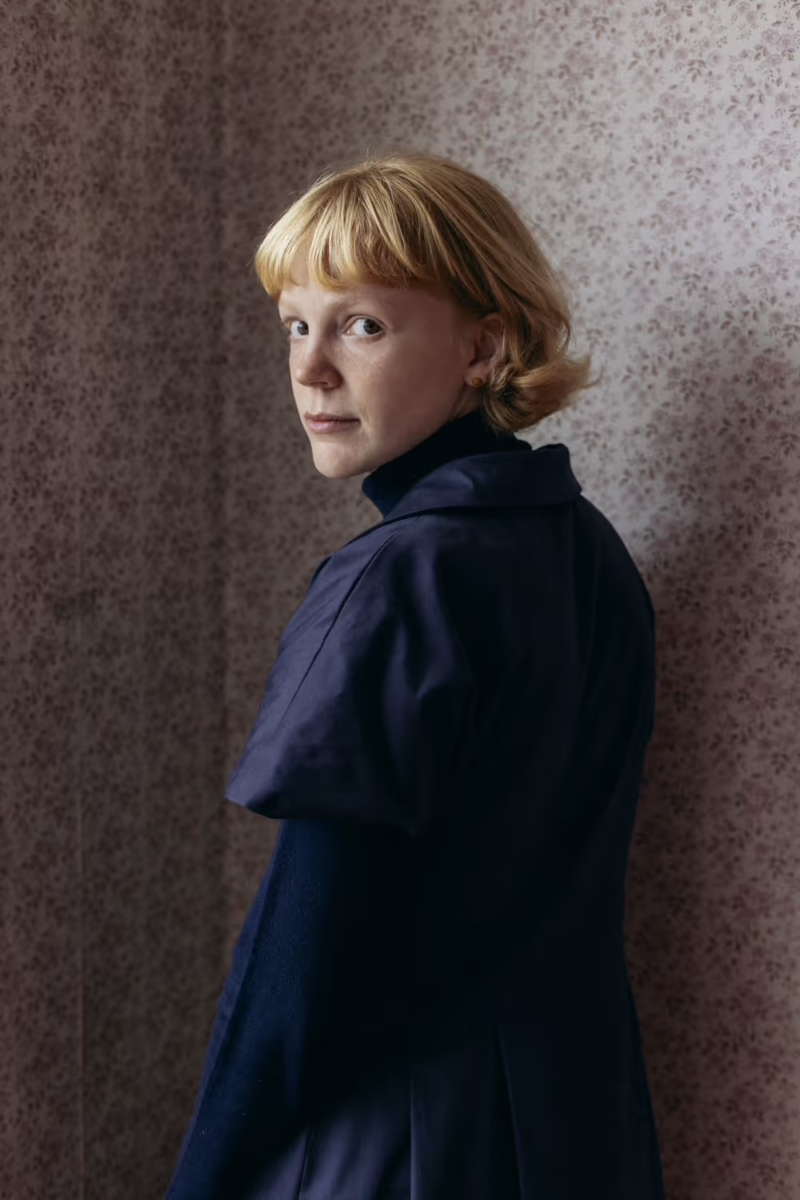
MT
What are you currently working on?
I’m making a book out of the fascination for miniature buildings that I developed last year. It’s a bit similar to an earlier book I made, called The Street Tourist. For that project, I walked in one street every day for two months and I drew all the windows, doormats and other details. I also chatted with the local people and transformed their stories into new ideas. That combination of real life and fantasy is very fun.
photos: Mayli Sterkendries
originally published in Different Class on 24.11.2024

